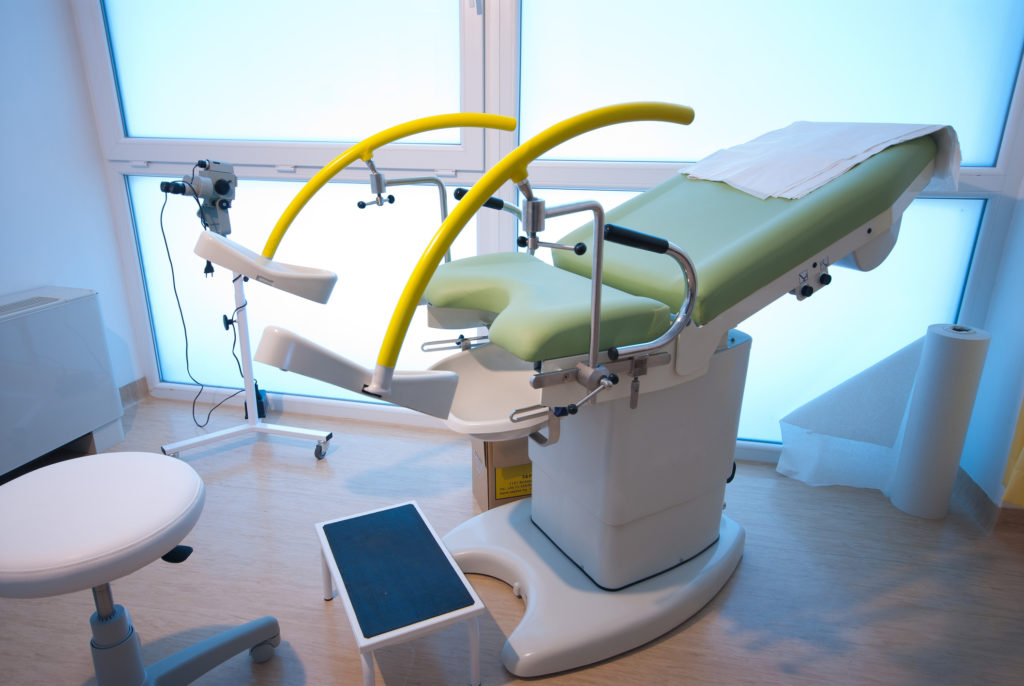Gynecological
Gynecological cancers mainly consist of the cervix, ovaries, uterus, vagina, and vulva. Each type of gynecologic cancer is unique and has different symptoms, but all women are at risk.

According to the Mayo Clinic, even if early signs of cervical cancer may not exist, it is IMPERATIVE for women to have Pap smears done regularly in order to detect any potential threat. If Paps are not performed on a regular basis and cancer goes unnoticed, the following signs may appear:
- Vaginal bleeding after intercourse, between periods or after menopause
- Watery or bloody vaginal discharge that may be heavy and have a foul odor
- Pelvic pain / pain during intercourse
Don’t jump to conclusions when you hear that your Pap has come back as “abnormal.” It’s a terrifying thought, but many times “abnormal” results are nothing out of the ordinary. The term “abnormal” may only mean that there is a small problem with the cervix, most often from unhealthy cells that will disappear on their own.
Work with your physician to figure out the best treatment options, which may include the following:
- Colposcopy: where a colposcope is used to detect the abnormal cells in detail.
- Endocervical curettage: when a sample of cells is collected with a small spoon-shaped tool called a curette.
- Biopsy: where a small sample of cervical tissue is removed and sent to a lab for further study.
